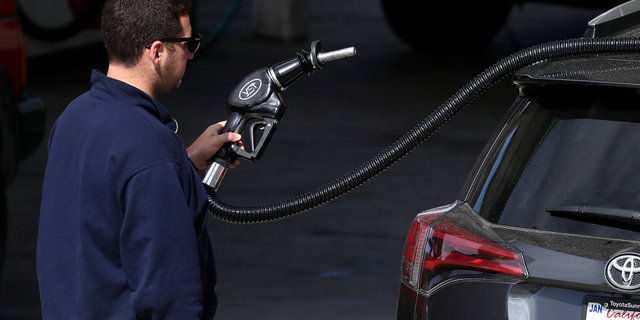Fortunately, adding the wrong fuel to our rides is a rather rare event. But when it happens, we always hear of different ways of rectifying the problem.
Some drivers report their shops simply drained the offensive fuel, refilled the tank with the right blend and sent them on their way. Others will recommend replacing various fuel system and emission-control components such as injectors, pumps, oxygen sensors and catalytic convertors. And, as you might expect, those owners whose wallets got away with light relief sometimes worry about what might happen down the road, as a result of their – or the gas station’s – error.
A lot of the differences depend on what type of mix-up it was – such as gasoline in a diesel-powered vehicle, or vice versa – and how much of the wrong stuff was put in the tank. Gasoline in a diesel is far worse than the other option, as diesel engines use their fuel as lubricants in certain components and gasoline provides no such protection.
When it comes to determining the concentration of the wrong fuel, there’s no fine science applied other than asking how much was pumped in, how much fuel was in the tank before, and how far the vehicle was driven. This can lead to some incorrect assumptions, and of course, a lot depends on the experience of the mechanic and, in many cases, who is paying the bill. When an insurance company or gas station is involved, the deep-pocket approach can sometimes be employed by a greedy shop.
Diesel added to gasoline vehicles risks some expensive emission components, primarily oxygen sensors, EGR systems and catalytic convertors. Gas engines won’t combust a gas/diesel mix very well – not at all at concentrations of diesel approaching 100 per cent – and this unburnt fuel will get into the exhaust system, where it may lead to the replacement of one or all of these parts.
In-tank gas fuel pumps can also be ruined, due to the fact that diesel is much ‘thicker’ than gas and takes more energy to move it. In addition, one of the common symptoms of a mis-fueled vehicle are heavy misfires. Moreover, jerky responses can damage transmission components such as torque convertors. The bottom line is, simply flushing and refilling the tank won’t guarantee everything is solved.
So, how do you protect yourself from future repair bills? If the event was caused by a fuel station error and they have admitted liability, don’t sign off on any final release until the vehicle has been repaired, driven for at least several hundred kilometers and has gone through at least two or three tanks of fuel. This may mean waiting a little longer for compensation, but it may well save you thousands in future repair bills.
Then it should be re-examined to ensure that all systems are operating normally, especially a catalytic convertor efficiency test for gas systems. If a vehicle insurance company is picking up the tab, most of these firms will keep a file open for up to a year in case more problems develop. If you’re paying out of pocket for this, your best bet is to complete a few post-repair drives and re-test your car as soon as possible. That way, you’re in a better position to look to your insurance company for some relief if your policy has applicable coverage.









